Manhattan Office Market Shows a Promising Start
The borough registered some notable rebounds across most fundamentals, according to CommercialEdge data.
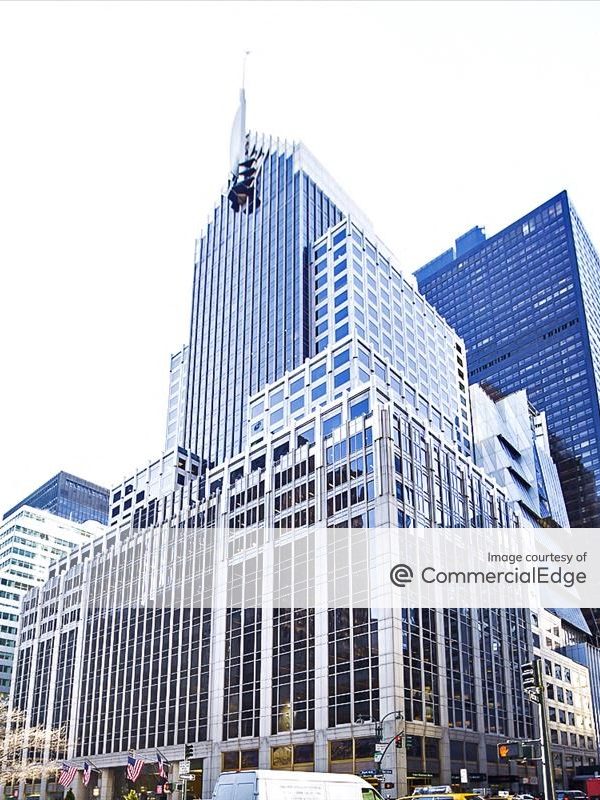
The nation’s biggest office metro regained its footing in early 2025, reclaiming top spots across several key metrics, CommercialEdge data shows. Manhattan once again posted the highest office sales prices and asking rents nationwide, while construction activity included sizable additions to the pipeline during the first months of the year.
On par with the evolution of return-to-office policies, Manhattan’s vacancy rate ticked down slightly while leasing activity recorded a handful of significant renewals and extensions, showing signs of ongoing engagement, although it has yet to return to pre-pandemic levels of activity.
Transaction flow gains speed
As of April, 5.3 million square feet spread across 26 properties changed hands in Manhattan, generating a total sales volume of nearly $2.6 billion. This represented a 352.5 percent increase year-over-year, while assets traded at $439 per square foot—placing Manhattan as the national leader for both office sales volume and price per square foot.
Gateway markets that followed include Washington, D.C. ($1.4 billion), Chicago ($759 million), Los Angeles ($638 million) and Boston ($543 million), while Seattle’s investment volume was among the lower ones in the nation, with $136 million in deals.
Manhattan’s biggest transaction since the start of the year is Munich Re’s $506.3 million acquisition of Mutual of America Building, a 656,436-square-foot office tower in the city’s Plaza District. The reinsurance company bought the remaining ownership stake in the asset from Mutual of America Life Insurance Co. The two companies previously worked through a joint venture partnership, with Munich Re’s initial stake in the 320 Park Ave. property amounting to 25 percent.
Since the end of 2024, Manhattan regained its position as the most expensive office market. As of April, office assets changed ownership at $439 per square foot—way above the national average of $191 per square foot and outperforming all metros. Other expensive gateway markets were San Francisco ($325 per square foot), Los Angeles ($298 per square foot) and Miami ($259 per square foot) while Chicago is the most affordable metro on the list, with assets trading at $62 per square foot.
Construction activity ramps up in the borough
As of April, Manhattan had approximately 4.6 million square feet of competitive space under construction spread across 12 properties, representing 0.9 percent of existing stock—above the national average of 0.7 percent. Among gateway markets, Boston led with 2.1 percent, followed by San Francisco and Miami, both at 2.0 percent.
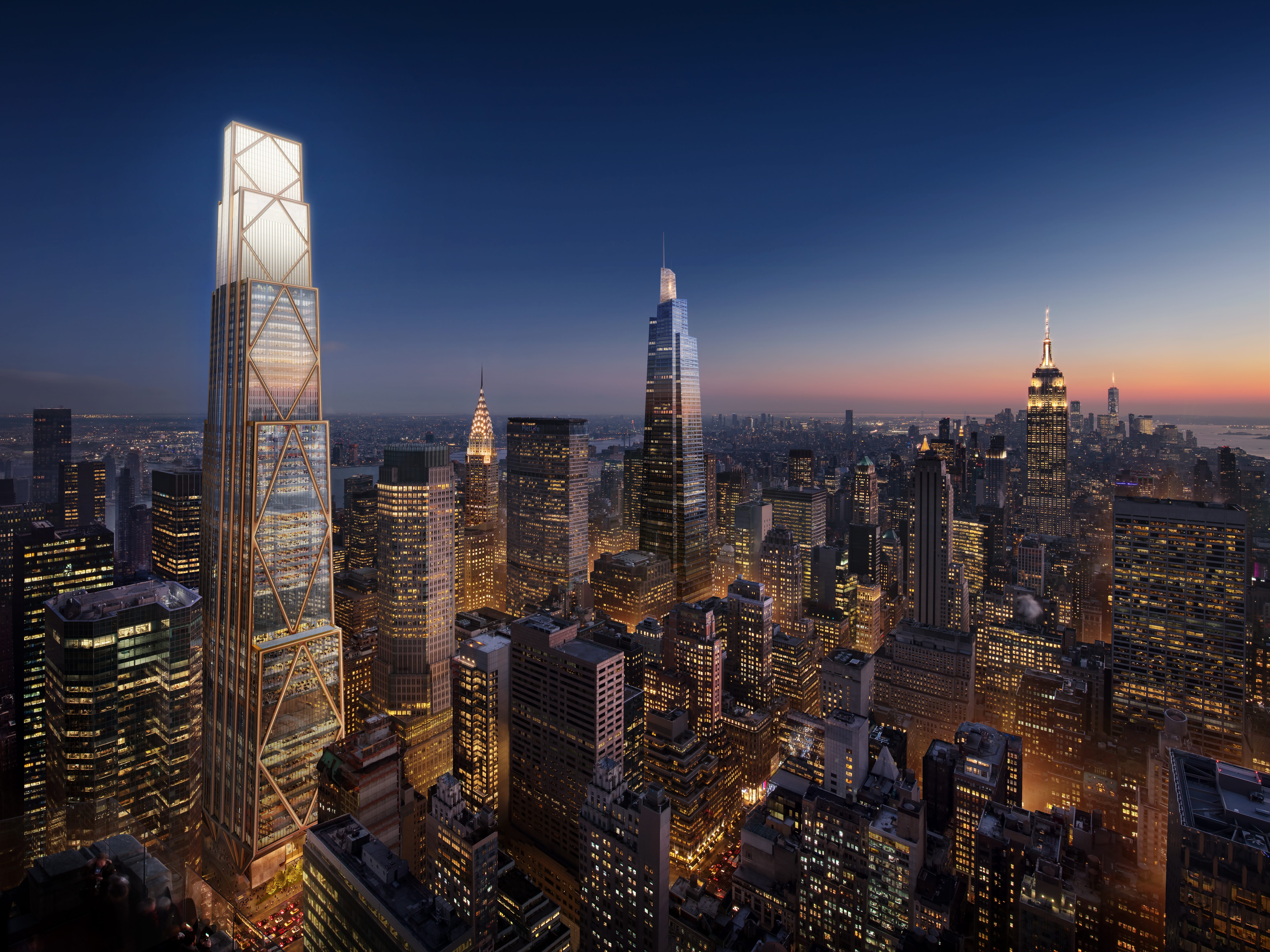
In terms of activity, Manhattan had the second-largest pipeline among gateway markets, after Boston’s 5.5 million square feet. Elsewhere, activity was slower: San Francisco (3.2 million square feet), Los Angeles (1.9 million square feet) and Miami (1.4 million square feet), while Chicago recorded one of the smallest figures in the nation, with only 809,168 square feet underway.
Manhattan’s top five developments currently underway encompass 3.6 million square feet, the largest one remaining 270 Park Ave. JPMorgan Chase is the developer behind the 2.5 million-square-foot high-rise that broke ground in 2020 and is expected to reach completion in November this year. The company’s new global headquarters will rise 57 stories and house more than 14,000 JPMorgan Chase employees.
Manhattan rents bounced back
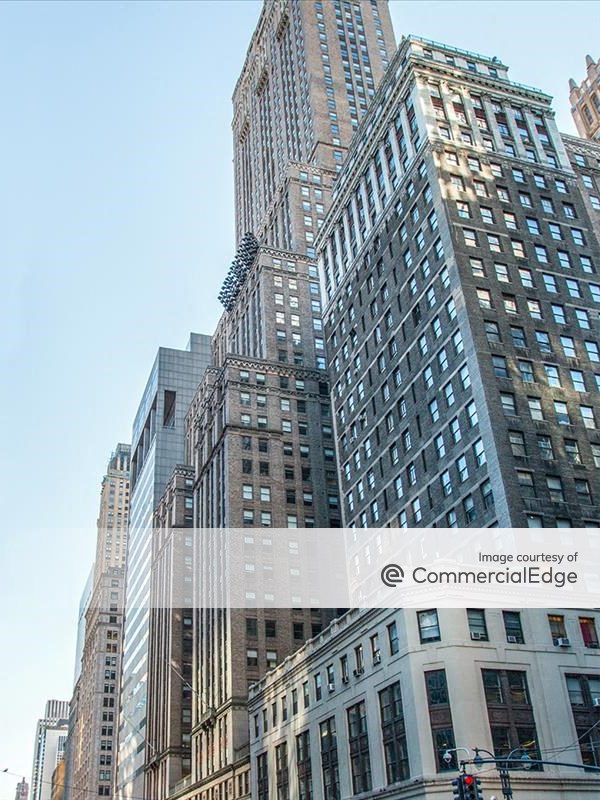
The borough’s office vacancy rate clocked in at 16.2 percent in April, marking a 70-basis-point year-over-year drop. Manhattan’s rate was below the national average of 19.7 percent. Miami continued to post the lowest vacancy rate in the country at 15.5 percent while San Francisco’s spiked at 29 percent.
In terms of office leasing, Manhattan also regained its position as the priciest metro in the nation, with asking rents averaging $68.34 per square foot—almost double the national average of $33.34 per square foot. The metro that followed was San Francisco, with $64.19 per square foot.
Meanwhile, as office traffic remains behind pre-pandemic levels in the nation Manhattan’s office shift continues to evolve with leasing activity reaching high levels during this year’s first quarter and availability rates dropping to 2020 values.
Notable leases include Empire State Realty Trust’s 77,382-square-foot renewal agreement with Gerson Lehrman Group Inc. The tenant will continue to occupy two full floors at One Grand Central Place, where it has been a tenant since 2023. Apollo Global Management also signed a 100,000-square-foot agreement at 590 Madison Ave., where it will occupy four floors. The over 1 million-square-foot property is owned by the State Teachers Retirement System of Ohio.
A favorable setting for office-to-residential makeovers
With vacancy rates soaring across most markets, office-to-residential conversions remain a viable option for owners with underutilized office properties. With diverse state initiatives, such as the City of Yes Opportunity, the Office Conversion Accelerator Program and the state’s two new tax incentives programs for this fiscal year, Manhattan’s office buildings with dropped values have the potential to be revitalized and repurposed.
CommercialEdge’s Conversion Feasibility Index helps evaluate a building’s potential for residential repurposing. The borough had 905 buildings with a CFI score between 90 and 100, placing them as top candidates for residential makeovers, and 558 buildings with a CFI score between 75 and 89 points, in the Tier II category.
One example is the conversion of Pfizer’s former headquarters, the biggest such project in the metro. Earlier this year, David Werner Real Estate Investments and Metro Loft Management secured $135 million for the redevelopment project, that includes the 33-story office property at 235 E. 42nd St. and the adjacent building at 219 E. 42nd St., a nine-story building with a CFI score of 83.
The leading flex office hub continues to grow
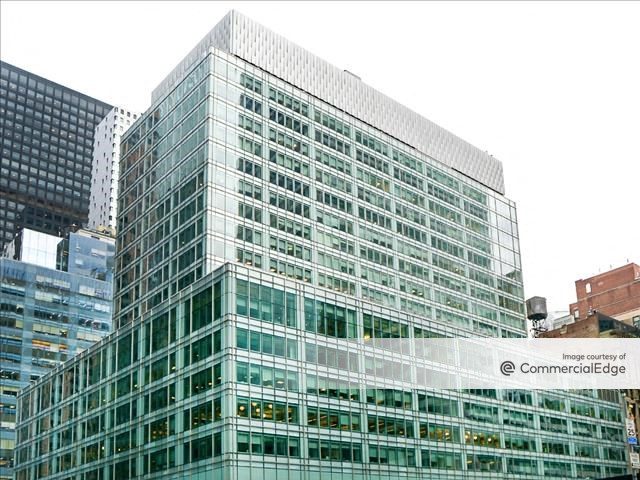
The borough’s coworking sector reached 11.3 million square feet across 278 locations as of April, representing the largest inventory in the U.S. Manhattan’s share of flex office space as percentage of total leasable office space stood at 2.3 percent, above the national average of 2 percent and on par with Los Angeles. The biggest figure was Miami’s 3.8 percent.
In terms of inventory, metros that followed include Chicago, with 8.1 million square feet, Los Angeles, with 6.8 million square feet and Washington, D.C., with 6.6 million square feet.
ElevatedNY, the coworking platform of Edison Properties, expanded its footprint to 130,000 square feet at The Hippodrome, in Midtown Manhattan. The flex office provider added 26,000 square feet of coworking space, expanding across four stories at the 620,000-square-foot building.
The list of the metro’s top three coworking providers remains unchanged since our previous market update. WeWork continues to have the largest footprint, with operations totaling more than 2.3 million square feet across 27 locations, while Industrious (1.4 million square feet) and Regus (697,950 square feet) followed.

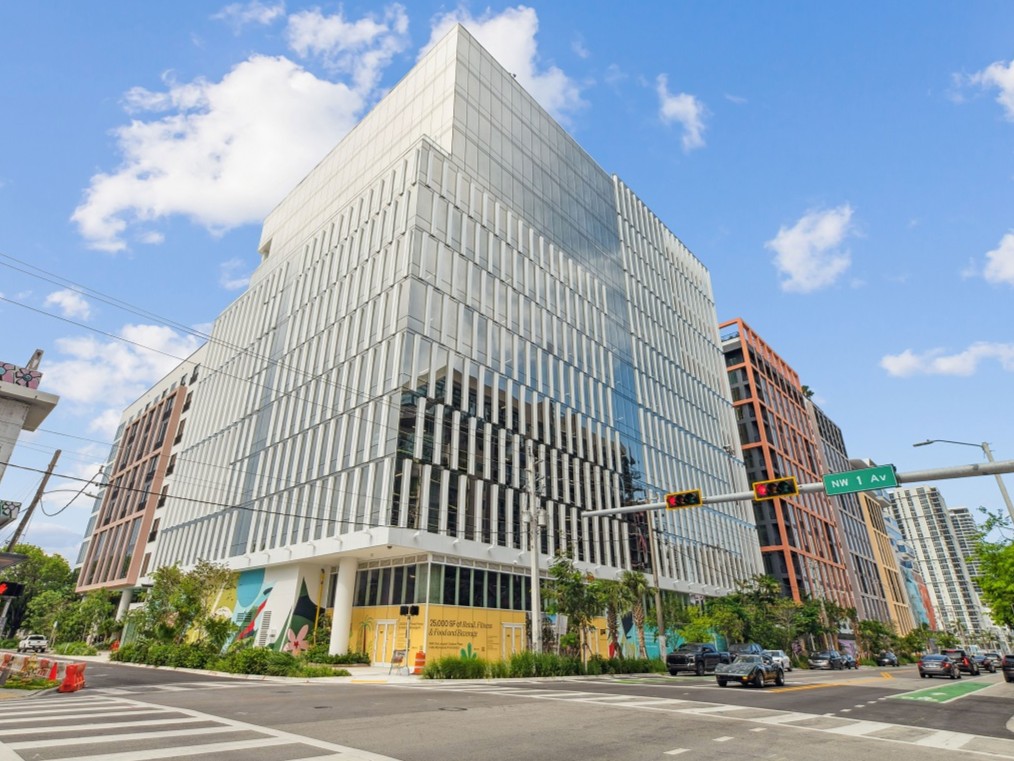
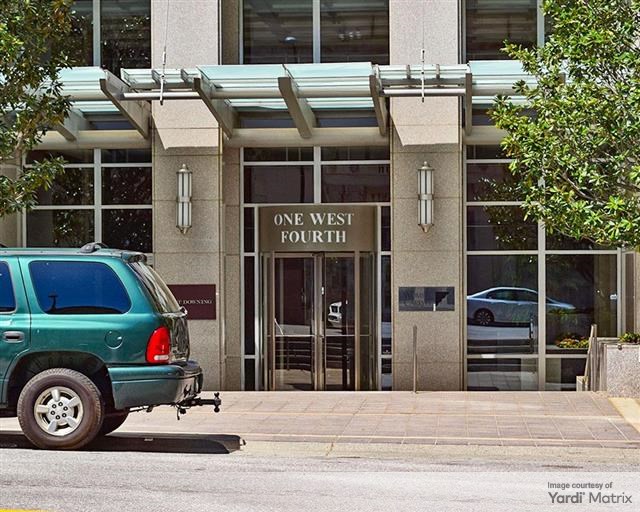
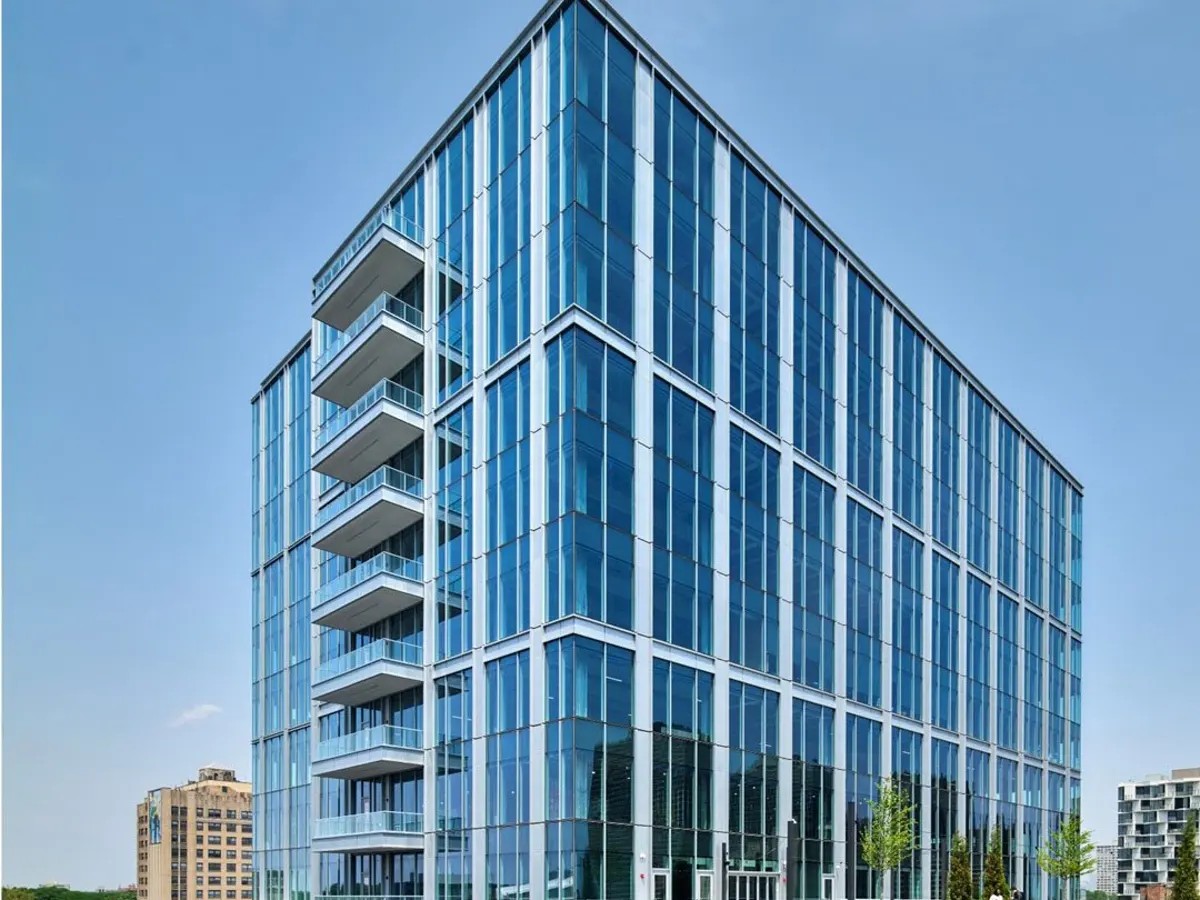

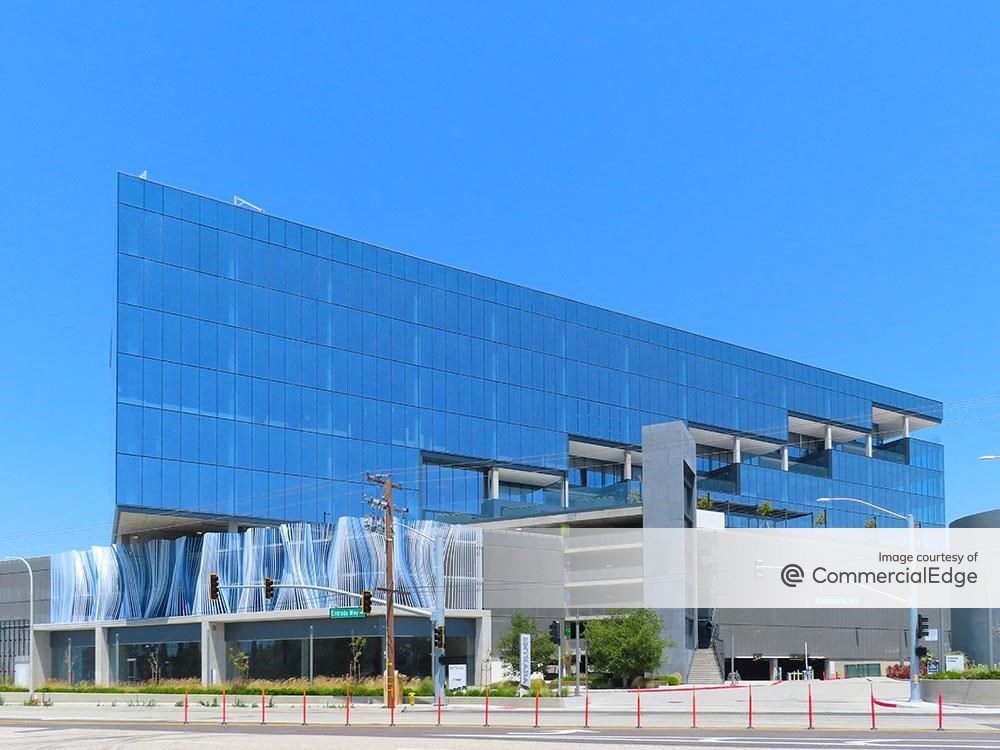

You must be logged in to post a comment.